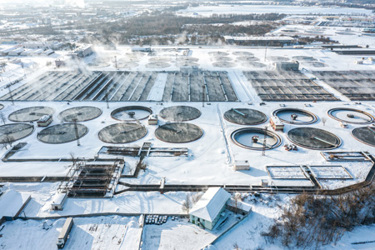Winterization Of Ozone And UV Systems: A Guide For Operators And Maintenance Staff

As winter approaches, water and wastewater treatment plants in northern regions face critical winterization challenges to prevent system failures and ensure reliable water quality. Essential steps in winterization include system assessments, equipment protection, and staff training. A thorough inspection helps detect vulnerabilities, while insulating and heating key components guard against freezing. Training staff on winter protocols ensures they can effectively address seasonal challenges and respond to unexpected issues, preserving water quality and system efficiency.
For water treatment plants (WTPs), integrating UV disinfection into winter strategies provides extra pathogen protection, but regular maintenance of UV systems is vital to keep them effective. Seasonal disinfection is not always required for wastewater treatment plants (WWTPs), and utilities have options to manage UV systems during off-peak times, such as bypassing or temporarily removing components for maintenance.
The use of ozone and biologically active filtration (O3-BAF) offers an additional layer of water safety by filtering contaminants, especially crucial in winter when organic content may fluctuate. Proper calibration of ozone levels lowers costs and keeps water biologically stable. Combining UV and ozone systems fortifies treatment plants against winter-specific challenges, ensuring consistent water quality and safeguarding public health year-round.
Get unlimited access to:
Enter your credentials below to log in. Not yet a member of Water Online? Subscribe today.
